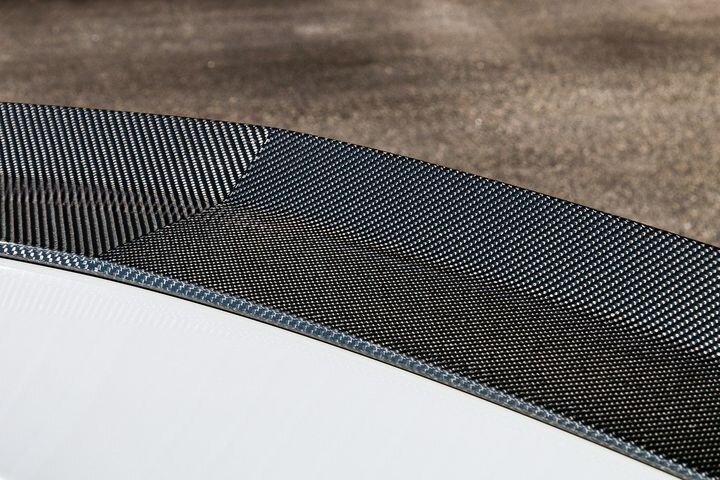![Carbon fiber sample [Source: Pixabay]](https://fabbaloo.com/wp-content/uploads/2020/05/image-asset_img_5eb08c449e294.jpg)
In 2017, researchers at Deakin University, a public university in Geelong, Australia, studying the chemical reactions that take place during the production of carbon fiber composites developed a method which dramatically cuts the time and energy required for these reactions.
According to a release from Deakin, the technology, developed by Carbon Nexus PhD student Maxime Maghe and Carbon Nexus General Manager Steve Atkiss, has the potential to reduce the energy used in carbon fibre production by 75 per cent and reduces the production process time from around 80 minutes to under 15 minutes. It requires specialized equipment, but that equipment has a smaller footprint than conventional carbon fiber processing equipment, up to 70% smaller and 50% lower cost than conventional equipment.
Shortly after Carbon Nexus developed the process, Lemond Composites purchased the technology for $58M in a partnership with Carbon Nexus.
Now, LeMond Carbon has announced the results of an independent technical audit conducted by Bureau Veritas (BV) of the new carbon fiber manufacturing process. The audit was conducted on a pilot line at Deakin University’s Carbon Nexus facility in Geelong, Australia. The total oxidation time and material properties verified by BV support LeMond’s claims to lower costs and significantly increase output versus traditional carbon fiber technology.
For the audit of LeMond’s technology, BV measured total oxidation times of sub-15 and sub-20 minutes over two separate production campaigns of 24K standard modulus (SM) carbon fiber, achieving fiber tow properties in excess of 270 GPa tensile modulus and 3,500 MPa tensile strength.
The BV audit was conducted on Carbon Nexus’s 100 metric ton pilot line which is currently producing samples for trials with LeMond’s target customers in several SM industrial markets. In addition to accurately measuring oxidation times and assuring process traceability, BV oversaw the fiber sampling, packaging and shipping of audit samples for extensive testing at the BV laboratories in Pessac, France. Composite tow tests of the LeMond fiber were completed according to ASTM D 4018-17 standards.
LeMond and Deakin University are teamed to commercialize this technology which enables reductions of 75% and 70% in capex and energy consumption per kilo of output respectively. The rapid oxidation process enables LeMond to produce carbon fiber with the lowest embodied energy of any standard PAN-based carbon fiber available today.
Read More at ENGINEERING.com

